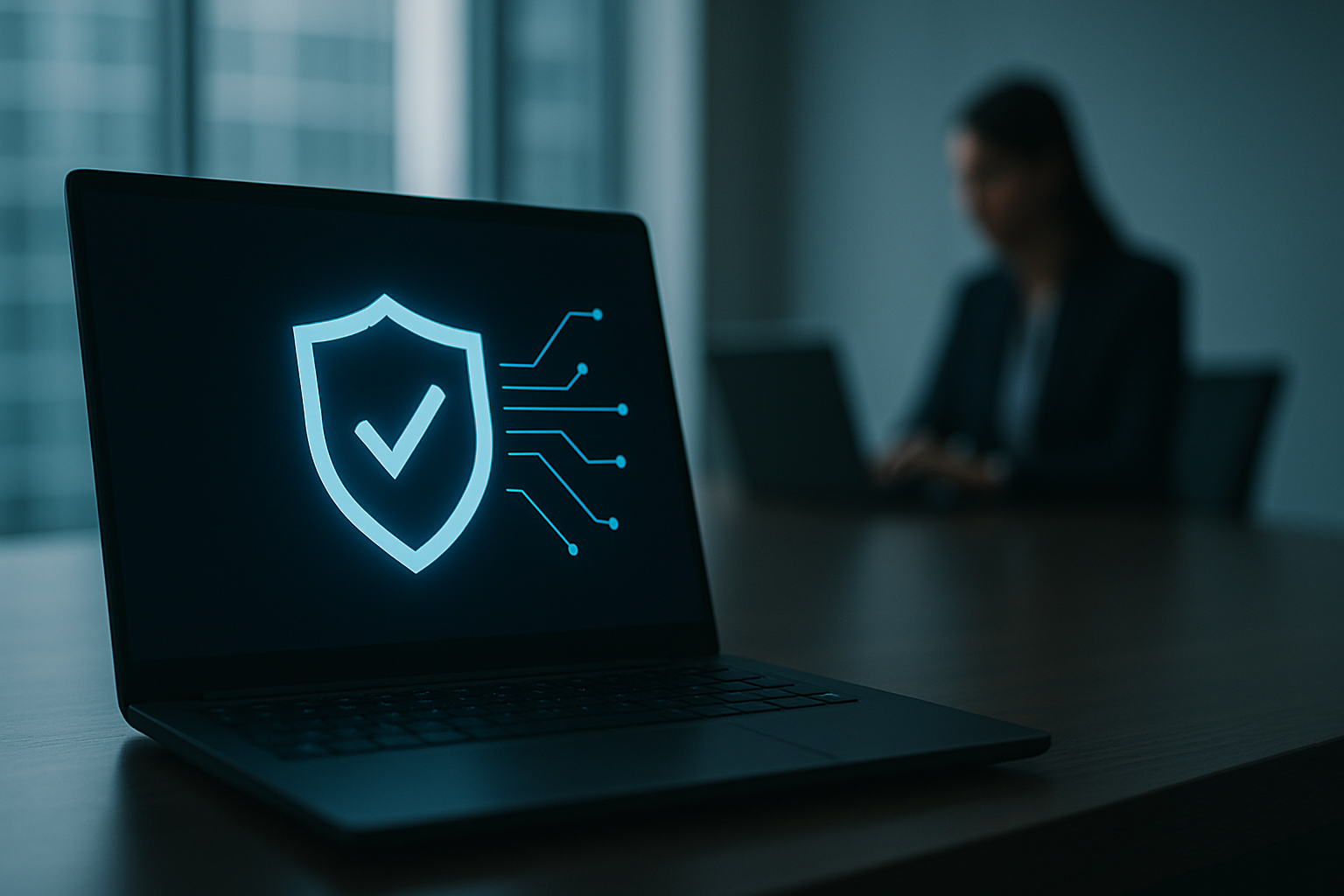Endpoint detection and response (EDR) security tools are becoming increasingly crucial in the landscape of cybersecurity. EDR tools monitor end-user hardware devices across a network for various suspicious activities and behaviors, reacting instantly to block perceived threats while preserving forensic data for future investigations. These tools encompass not only laptops and smartphones but also IoT gadgets, highlighting their expansive application in today’s digital environment.
EDR platforms operate by providing deep visibility into a myriad of activities occurring in endpoint devices. This includes processes, file and network activities, changes to DLLs, and registry settings. With the integration of data aggregation and analytics capabilities, EDR solutions enable the recognition and counteraction of threats through automated processes or human intervention. The catalyst for the EDR category emerged from a 2013 blog post by Gartner analyst Anton Chuvakin, who coined the term “endpoint threat detection and response,” later abbreviated to EDR.
EDR systems primarily function by recording and analyzing activity on endpoints. Many EDR solutions deploy agent programs on protected devices, transmitting telemetry data to a central tool for analysis. Alternatively, some agentless EDR systems gather data from built-in OS tools and relevant network data, providing easier implementation for organizations; however, they may lack the granular insights that agent-based EDR can provide. Crucially, the main advantage of EDR lies in its ability to not only detect but also respond to threats through automated measures such as shutting down suspicious processes and isolating compromised endpoints from the network.
In contrast to traditional antivirus software, which relies on signature-based detection to block malware, EDR utilizes sophisticated analytics and machine learning to identify unusual behaviors that may indicate a security breach. This layered approach not only aids in immediate threat containment but also helps security teams understand attack vectors better, reinforcing corporate security protocols. As organizations navigate the complexities of cybersecurity, implementing EDR solutions presents a significant stride toward enhancing overall security posture and mitigating the multifaceted risks of cyber threats. For more on EDR solutions and detailed guidance, refer to the CSO’s EDR buyer’s guide here.

